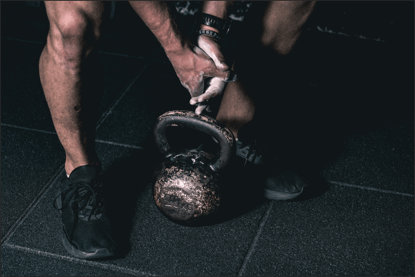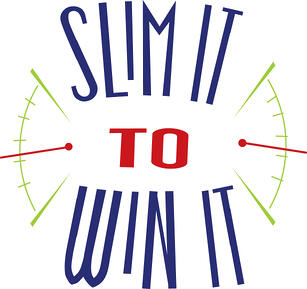Fit & Forty+ (Fabulous) Series—Eat Right to Feel Right
In this video, I have asked our resident dietitian, Angie Scheetz, to give us some tips on getting your metabolism revved up. We look at how to fuel your body in the morning as well as pre- and post-workout.
Further Nutrition Tips to Boost Metabolism
- Eat every 4 to 5 hours. If you are eating more frequently, it makes your metabolism constantly have to work to break down fuel. This helps to keep it working optimally, as opposed to going long times in between meals.
- Eat more nutrient-dense foods. Your body naturally burns more calories when you eat foods that are more challenging to digest. For example, an orange takes more effort from the metabolism to break down than a glass of orange juice. The more effort it takes and the longer these items stay in your body, the more calories are burned, which keeps the metabolism revved! Choose more high-fiber food more often to keep your metabolism working.
- Drink plenty of fluid. If you get the slightest bit dehydrated, your metabolism drops by 3 percent. By making sure you are taking in plenty of fluid, especially calorie- and caffeine-free liquid, you can keep the metabolism working well. Foods high in fluid like fruits and veggies can also contribute. The best way to guarantee that you are hydrated is to check the color of your urine. After you go to the restroom for the second time during the day, it should be pale to clear.
Check out Angie’s blog on what a healthy lunch includes.
Food and Diet Myths
Lastly, Angie is going to dispel a few food and diet myths:
- Late-night eating has to be avoided; eat no later than 7 p.m. Your metabolism does not “shut off” after 7 p.m. However, this is when most of our mindless eating occurs. Instead of reaching for the salty or sweet snacks late at night, stop and think, “Am I truly hungry?” If the answer is yes, choose a reasonable snack between 100 and 150 calories. If the answer is no, have some water or hot tea, or distract yourself by brushing your teeth, doing a crossword puzzle, or getting up and taking a lap around the house.
- Supplements/fat burners really help you lose weight. Supplements and fat burners are not regulated by the FDA. These products can potentially be very dangerous and there is no research that supports that they work. Instead, focus on a balanced diet with exercise to get the results you want. If you want to check to see whether your current supplement has been tested, go to the U.S. Pharmacopeial Convention website to see whether it has been evaluated.
- Women need protein only if they are body builders. Everyone requires protein after strength training, even if you are just toning up. The recommendation is 7 to 10 grams of protein within 30 to 60 minutes of the resistance training. Reach for a glass of low-fat chocolate milk, a Tablespoon of peanut butter on an apple, or a container of Greek yogurt to get in the ideal amount!
- You cannot indulge in your favorite foods if you want to lose weight. All foods can fit into your diet if you are trying to lose weight. The key is balance. Get in your recommended servings of fruits, veggies, whole grains, lean meat, dairy, and healthy fats each day and there will be room for the occasional treat. For most women this is around 150 calories per day, and for men it is around 250 calories. Make sure to get your base needs met first and then splurge on a favorite dessert or snack. Go to Choose My Plate for a personalized plan.
- You can never eat out if you want to lose weight. Most restaurants are attempting to offer healthier options for diners. It is up to you to choose these options! When dining out, remember to balance your plate. Half of it should be filled with fruits and non-starchy vegetables, one quarter with lean protein, and one quarter with grain and starchy veggies. This can be accomplished at all dining-out establishments. Remember portion control, too! Take some home or share with someone to keep portions in check. Use an app or website such as My Fitness Pal to look up the calories before ordering.
If you have just joined this series be sure to go back and read all the blogs. Including:
Foam Rolling and Increasing Your Range of Motion
Need help planning proper dietary habits into your lifestyle? Schedule a Personal Nutrition Coaching (PNC) session with Angie today!
This blog series was written by Kris Simpson BS, ACSM-PT, HFS, personal trainer at NIFS. If you have questions about something in this series or would like to schedule an appointment with Kris please contact her at 317-274-3432 or email. To read more about Kris and NIFS bloggers click here.



 move pretty well at one test, it will eventually find a restriction or asymmetry/imbalance at some point if you have any. Our job is to identify any weaknesses, limitations, imbalances, or asymmetries so that we can immediately prescribe you a corrective strategy to reduce your chance for injury and increase fitness results.
move pretty well at one test, it will eventually find a restriction or asymmetry/imbalance at some point if you have any. Our job is to identify any weaknesses, limitations, imbalances, or asymmetries so that we can immediately prescribe you a corrective strategy to reduce your chance for injury and increase fitness results.


